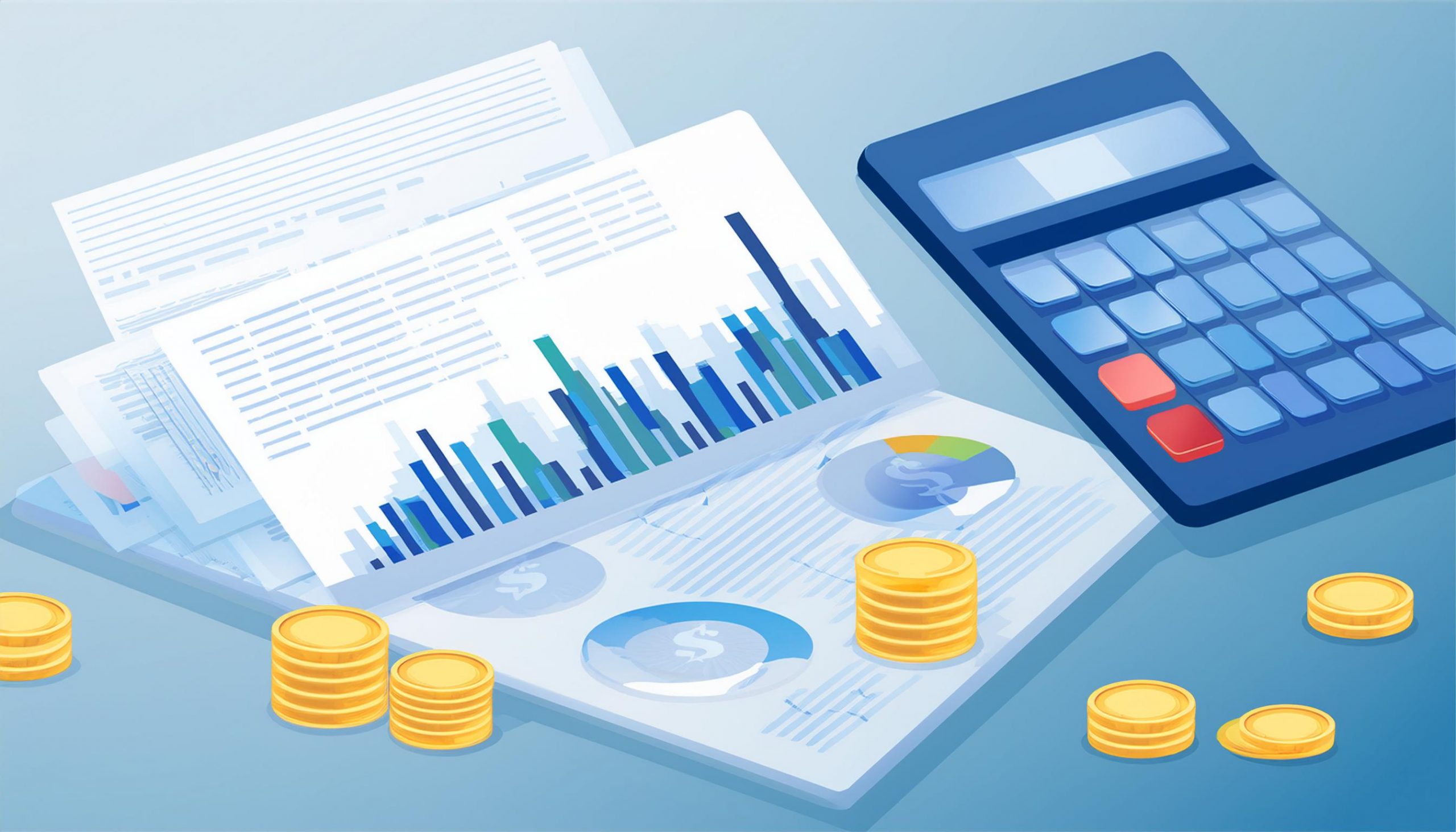There is a guy named Nikhil who inherited his grandfather’s wealth, including his portfolio of stocks, but he was a bit disappointed with the stocks that his grandfather held. Most of the stocks that his grandfather held are giant companies, and their share prices are stable and more likely won’t move as the tech stocks he is eyeing to buy. But after the quarterly results were announced, he came to know that the stocks that he had in hand were paying dividends. Till then, he didn’t realize the value and power of dividends.
Like many investors, Nikhil also underestimated the power of dividends, a crucial and often overlooked component in the wealth-building journey.
In the field of investments, there are various methods and approaches used to acquire wealth. Among other ways outlined above, dividends are not only key but often ignored when it comes to building wealth.
Most investors focus on a rise in stock prices or capital gains, ignoring their power as sources of constant income that grows with time, hence contributing greatly to long-term financial growth.
In this blog post, we will look at dividends and what they do, how they help create wealth, and why you should have them in mind while designing your investment plan.
What Are Dividends?
Dividends are portions of a company’s earnings that it distributes among its shareholders, usually on a quarterly basis. They act as an incentive offered by the firm to its shareholders for investing in the stock. These can be paid out either as cash, additional shares, or other assets.
The role of dividends in wealth building:
- Steady Income Stream: One of the important benefits of dividends is that they provide regular income. You do not need to sell the stocks to realize the profits.
Dividends offer a steady and reliable source of income to the people.
Since the dividends are paid out quarterly, they can create a predictable and steady cash flow that investors can use to meet their financial needs.
For example, there are several stories that we need to look at in order to understand the importance of dividends as investors.
The well-known and legendary investor Mr. Warren Buffet is the best example to understand the importance of dividends. Warren Buffet’s Berkshire Hathaway holds a good share of Bank of America. Berkshire Hathaway holds more than 1 billion shares, and they received almost $992 million in annual dividend income.
Not just that, the second-biggest dividend payer in the Berkshire Hathaway portfolio is Occidental Petroleum. They paid more than $897 million in aggregate annual income.
Even they receive huge dividends from the tech giant Apple. They will receive about $789.4 million in dividends from its investments in Apple. This shows how dividends are helpful in building wealth.
- Reinvestment opportunities: Many investors choose to invest the dividend amount in the same stock or other dividend-paying stocks.
There is one well-known strategy called Dividend Reinvestment Plans (DRIPs). This is a strategy that allows investors to automatically reinvest their cash dividends back into additional shares of the company’s stock rather than receiving the dividends in cash. This process can be done without paying any brokerage fees or commissions, making it an efficient way to grow your investment over time.
- Hedge Against Inflation: Most people use the dividends to hedge their returns against inflation. Dividends can help offset the effects of inflation, as some companies tend to raise their dividend payouts over time, allowing your income stream to keep pace with rising prices.
What are the points that you need to remember while selecting the stocks?
- Dividend Consistency: If you’re interested in dividend stocks, check the company’s history of dividend payments. Look for companies that have consistently paid and increased dividends over time. Look at least for the last 25 years of their history of payments. If the company is giant and well established in the industry.
- Dividend Payout Ratio: The dividend payout ratio (DPR) is a financial metric that measures the percentage of a company’s profits that are paid out to shareholders as dividends.
It is calculated by dividing the total amount of dividends paid to shareholders by total net income.
The DPR can also be calculated by dividing the yearly dividend per share by the earnings per share (EPS).
Don’t invest in stocks only for dividends. As there are some chances of a fall in the share price. If you just focus on the dividend payments, the fall in the share price could actually erode your wealth that is invested in buying the stocks.
So, while making any investment decisions, make sure the stock in which you are investing is fundamentally strong with good quantitative and qualitative parameters.
If you are not able to make any investment decisions, then you should opt for an investment advisor. The right investment advisor like Savart can help you with market volatility.
Stay informed, stay invested, and happy investing!
Savart is a SEBI-registered investment advisor. The purpose of this content is to educate, not advise or recommend any particular security. Please remember that investments are subject to market risks. Please conduct thorough due diligence or seek professional guidance before making any investment. Do not believe in any speculations.
